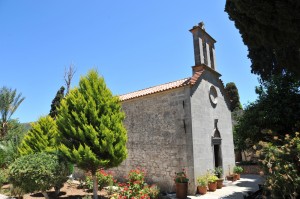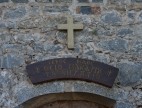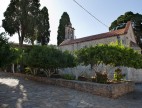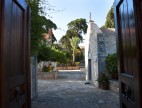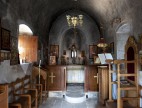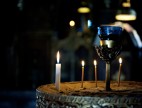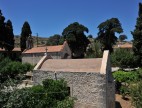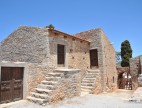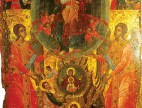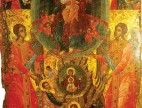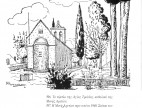Holy Monastery of Areti
The monastery was founded at the end of the 16th century by Markos Papadopoulos, who also bequeathed it great wealth, enough for the upkeep of twelve monks. Notary documents confirm its peak during the 17th century as they mention the multitude of its transactions with other monasteries or individuals. Despite its destruction by the Turks during the revolution of 1821, it continued to function, renovating a part of its buildings towards the end of the 19th century, until 1930 when it was deemed soluble. The monastery was reconstituted in 1955-56, while during the 1990s it was restored in its entirety. The building complex develops at a gradient because of the sloping ground and forms around two courtyards. Around the smaller of the two, the south one, where the main entrance is found, are workshops and ancillary spaces, such as the olive-press, the wine treadle and the stables. In the central courtyard is the large catholicon dedicated to the Holy Trinity, renovated in 1880-81, and the chapel of St. Lazarus, possibly of a funerary nature. Around the catholicon in two-storey buildings are the cells and the remaining main spaces of the monastery. In the catholicon are preserved noteworthy icons of the Cretan School, of the 17th century, with those of the Holy Trinity, the Lady of the Angels and Pentecost, which were all painted by the hand of the same anonymous painter, being the most important.

